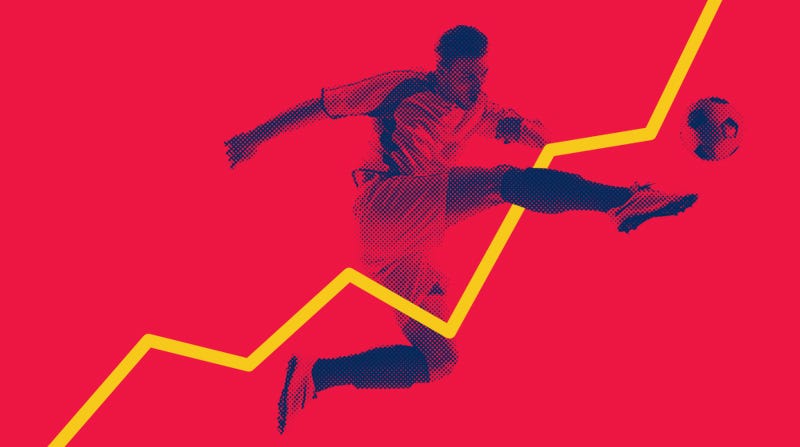Sports analysts are always on the lookout for ways to improve sports performance. By applying predictive modeling, teams can create strategies that will enhance the overall performance of their players. Predictive modeling uses statistical algorithms to analyze data sets and make accurate predictions. It has become increasingly popular in recent years for its potential to revolutionize the sports industry. This article will discuss predictive modeling’s applications and how it can help enhance sports performance.
1. Predictive modeling in sports
Predictive modeling is a statistical technique that uses data to create predictions. It is becoming more popular in sports analysis because it can help teams identify trends and patterns in the data. By analyzing the data, teams can create strategies that will help improve sports performance. Predictive modeling can be used for anything from analyzing game footage to predicting player injuries or analyzing team behavior during a game.
2. Applications of predictive modeling in sports
There are many different applications for predictive modeling in sports. For example, it can be used to analyze the performance of individual players or entire teams. By analyzing data such as player movements, shot patterns or passing patterns, teams can identify areas for improvement. They can also use predictive modeling to create strategies for game situations such as penalties or last-minute scoring opportunities.
3. Tools for predictive modeling
To apply predictive modeling in sports analysis, teams need the right tools. These include data collection tools and software to store and analyze the data. Some popular tools for predictive modeling in sports analysis include Python, MATLAB, and R. These tools allow analysts to import large amounts of data and create custom algorithms that can identify trends and make predictions.
4. Future of predictive modeling in sports
The future of predictive modeling in sports is bright. As technology continues to advance, the amount of data available for analysis will continue to increase. This could lead to more accurate predictions and more effective strategies. In the future, predictive modeling may be used to analyze not only traditional sports but also newer sports such as e-sports. eat and run (먹튀) Teams that have access to the latest technology and skilled analysts will be able to gain a competitive edge.
Conclusion:
The use of predictive modeling in sports analysis has the potential to revolutionize the sports industry. It can help teams identify trends and patterns in data, create strategies, and ultimately enhance performance. With the right tools and technology, predictive modeling can provide teams with an edge over their competitors. As sports continue to evolve, the applications of predictive modeling will only become more important and widespread.



